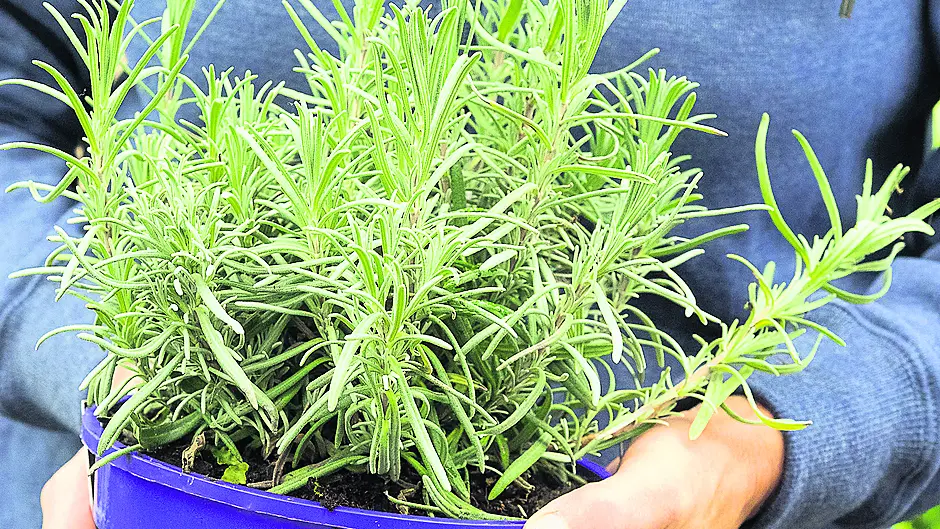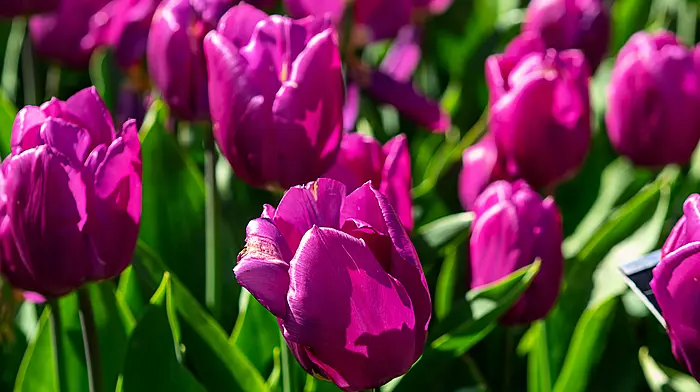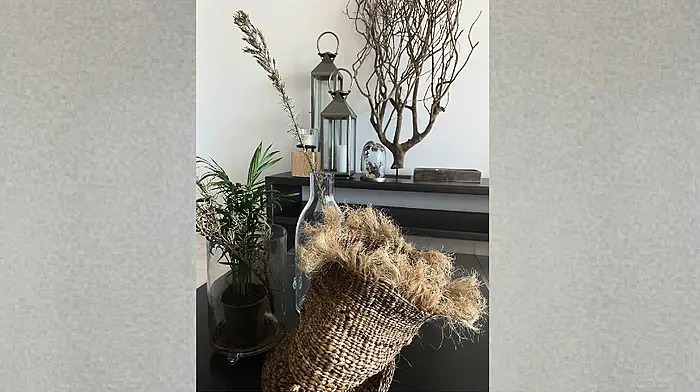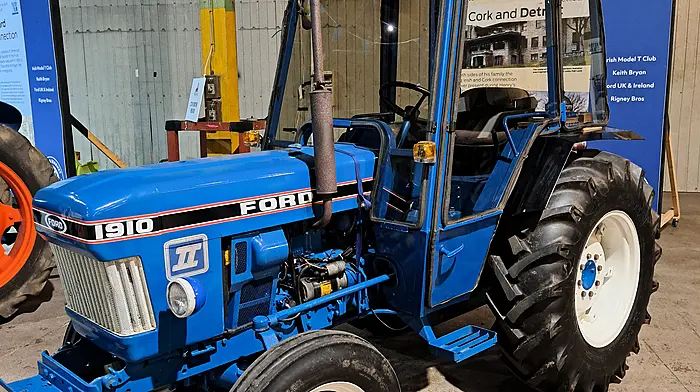By Joyce Russell
It can be tempting to take a radical approach to herbaceous borders and cut all perennial plants down to the ground as soon as they stop flowering. This creates an empty and tidy border, but you may want to pause before attacking everything. If a perennial plant still has green leaves, then it can continue to build energy supplies in the parts below ground. This helps with strong regrowth next spring. Leaving top growth to die back naturally can also provide some protection from frost for vulnerable crowns and growing points.
If you can’t bear an untidy bed, and decide to clear all top growth away, then at least cover any stumps and clumps with a thick insulating mulch. You can buy bags of bark chip, coir, compost etc to achieve this, or you can use fallen tree leaves, grass clipping and seaweed to the same effect.
And then there are the plants that still provide some texture and colour for a few more weeks or months. Leave any beautiful bare stems to add some interest to an otherwise empty bed. Let any plants with coloured leaves have their moment to shine too. There can be a lot of beauty to enjoy even if the flowers are gone.
Winter herbs
Some herbs, like sage and thyme, will stand outdoors through an average winter and you can pick a few sprigs when you want. Rosemary can do well too in a sheltered position, where the soil doesn’t get too wet, but if temperatures drop below zero for several days then you might lose the plant.
A small amount of protection goes a long way – wrap a rosemary bush in crop cover when needed and you can bring a pot-grown plant under cover. An unheated polytunnel, greenhouse, or porch will provide enough protection in cold weather and you should have plenty of pickings as you need them.
Pots of chives, oregano, mint and marjoram will push up new growth much sooner in a greenhouse than outdoor plants.
Don’t plant into the greenhouse beds or they may spread with enthusiasm. Pots can go outdoors again in the spring and you will free up space then for planting other things.
You can sow some tender herbs in pots for the kitchen windowsill. Basil and coriander grow pretty fast in warm conditions.
Inside the polytunnel
Tomatoes were a bit later starting to crop this year, but once they got going they produced masses of fruit. Plants are still cropping in my polytunnel and they may well go on for another few weeks if the weather doesn’t turn too cold. Enjoy the late treat if you still have tomatoes ripening – it won’t be long until the vegetable selection is looking much more green.
Keep an eye out for brown or grey mould on leaves and stems and remove affected parts if you can. You may have to remove whole plants before they shed lots of spores if the problem is particularly bad. It’s never worth the risk of carrying disease through to next year, just for a handful of fruits.
At some point you have to make the call and evict all tomato plants. Green fruits should ripen in the kitchen if they are kept among red ones. And you can still enjoy the jars of tomato chutney and tomato sauce from the freezer, if you made these at the height of the glut.
Keep an eye out for mice and their bigger cousins too. I found a little collection of tomatoes in a nest under the potting bench. No damage done, but it’s good to get rid of these pests before they dig up and eat your sprouting peas and beans.
 Pick last tomatoes when the plants start to fail.
Pick last tomatoes when the plants start to fail.Tall winter greens
Brussels sprouts, sprouting broccoli and kale plants can all grow tall. Make sure to tie stems into stakes if you don’t want to risk plants blowing over. It’s a good idea to stake plants in the greenhouse too – they aren’t exposed to strong winds, but they can get top heavy since they hang onto more upper leaves than the plants growing outdoors. You’ll also find it easier to gain access for harvesting if plants aren’t tilting or propping one another up.
Check ties from time to time if you use jute string. This looks nice and natural, but it does rot and break under a full winter’s strain.
Time to sow and grow
You can still get autumn varieties of garlic and onion into the ground. This may be a bit later than most years, but the soil stayed warm for longer than usual. If we don’t get too many hard frosts they should establish well.
Sow autumn varieties of peas and beans under a cloche or in the greenhouse. Sow winter lettuce, rocket, and mustard greens under a layer of bubble-wrap in the greenhouse too.
 Some coloured leaves get their moment to shine
Some coloured leaves get their moment to shine









